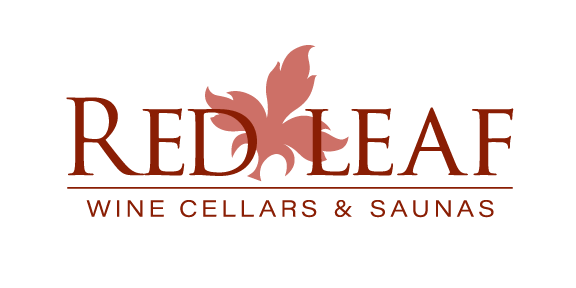What is Ice Wine And How to Store It?
Ice wine is a unique and luxurious dessert wine made from grapes that are naturally frozen on the vine. This wine is noted for its intense sweetness, balanced by high acidity, making it a perfect treat for special occasions. The production process is labor-intensive and climate-dependent, which contributes to its exclusivity and higher price point.
How is Ice Wine Made?
Ice wine production starts with grapes that are intentionally left on the vine well past the typical harvest season, allowing them to freeze naturally in cold climates. The grapes are typically harvested in the early morning hours when temperatures are consistently below freezing, usually between 17°F and 19°F. This freezing process causes the water in the grapes to crystallize, separating from the sugar and other dissolved solids.
Once harvested, the frozen grapes are pressed while still frozen, which yields a highly concentrated sweet juice. This juice is then fermented slowly over several months to produce the rich, sweet ice wine. The process requires patience and careful attention to detail as the frozen grapes yield much less juice compared to regular grapes, making ice wine both rare and precious.
What Makes Ice Wine Expensive?
Several factors contribute to the high cost of ice wine:
- Limited Production Areas – Ice wine can only be produced in regions with specific climatic conditions where grapes can naturally freeze on the vine, such as Canada, Germany, and Austria.
- Labor-Intensive Harvesting – The harvesting of frozen grapes is labor-intensive and must be done quickly to prevent thawing. Workers often harvest at night or in the early morning hours in freezing temperatures.
- Low Yield – Frozen grapes produce significantly less juice than unfrozen grapes, so it takes a lot more grapes to make a bottle of ice wine compared to regular wine.
- High Risk – The grapes must be left on the vine longer, increasing the risk of loss due to weather, animals, or disease.

What Does Ice Wine Taste Like?
Ice wine is renowned for its intense, concentrated flavors. It typically exhibits rich notes of honey, tropical fruits like mango and lychee, and stone fruits such as peach and apricot. The sweetness is balanced by a crisp acidity, preventing it from being cloying and making it a delightful dessert wine.
How to Best Drink Ice Wine
Ice wine is best enjoyed chilled at a temperature of around 50°F. It’s typically served in small quantities, using a smaller dessert wine glass to concentrate its rich aromas. Ice wine pairs wonderfully with rich desserts like cheesecake, and fruit tarts, or simply with a selection of fine cheeses. Its sweetness also complements savory dishes like foie gras or can be enjoyed on its own as a luxurious after-dinner treat.
Can You Age Ice Wine?
Ice wine can be aged but it’s generally best enjoyed within a few years of its release to appreciate its vibrant fruit flavors and fresh acidity. As it ages, ice wine develops more complex honeyed flavors and a deeper color. However, it should be noted that not all ice wines are designed for long-term aging, and it’s essential to store them properly to maintain their quality.
Storing Ice Wine
Proper storage is critical to preserving the quality and flavor of ice wine. Here are some key tips for storing:
- Temperature – Store ice wine at a consistent temperature, ideally between 50° F and 57° F. Avoid temperature fluctuations, which can spoil the wine.
- Humidity – Maintain humidity levels around 70% to keep the cork from drying out and allowing air to seep into the bottle.
- Position – Store ice wine bottles on their sides to keep the cork moist and to prevent oxidation.
- Light – Keep your wine in a dark place, as exposure to light can degrade the wine over time.
- Vibration – Store wine in a location free from vibrations that can disturb the sediment and the aging process.
For personalized wine storage solutions, consider Red Leaf Solutions. We specialize in creating custom wine cellars, designed to meet your specific needs and preserve the quality of your treasured bottles. Based in Larkspur, CO, our passion for wine drives us to craft beautiful, functional wine cellars at affordable prices.
With over 20 years of experience, Red Leaf Solutions aims to design custom wine cellars that meet and exceed your expectations. Our expert consultants create unique storage solutions for wine lovers, regardless of property size. We offer free in-home design consultations, outstanding customer service, and a wide range of high-quality manufacturers. Our owner, Brian Worker, brings extensive knowledge in construction, sales, and installation, ensuring exceptional results.
For more information about our products and services, contact us via our website or call one of our team members at 303-309-6262.
